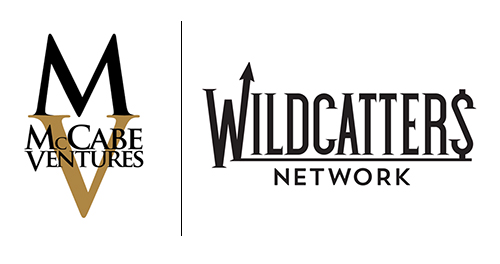When to Jump on the Investment Merry-Go-Round
While investing in private companies can be a high risk venture, it can also be exciting and potentially lucrative. Understanding the various platforms to invest in these companies, along with their associated risk profiles, will help investors decide which type of investments they are most comfortable with in their portfolio. As a general rule, the earlier an investor places a bet on a company’s fortunes, the higher the risk…but also the higher potential for reward.
SEED ROUND
The Seed Round is raised when an entrepreneur has a “seed” of a business idea and convinces a high-risk investor, often times called an Angel, to put up some capital to pursue the project. The capital can be spent to conduct some basic market research, create a prototype, initiate basic business development, pursue potential customers, and many other start-up activities. This round of investing is almost always the highest risk because many would-be Fortune 500 companies never make it out of the Seed Round. Although each deal varies wildly, companies in the Seed Round are usually capitalized with less than $1,000,000 and the investor commands between 25% to 50% ownership of the company. If you jump on the Merry-Go-Round during the seed round, you need to know that your money will held captive for some time before you can expect any return on your investment.
SERIES A ROUND
If a company is fortunate enough to survive the Seed Round, they will soon be in need of more capital and will proceed with a Series A Round of funding. This round is extremely critical in the lifecycle of a company because the management team must take a company that has weathered the conceptual stage and they now must prove that they can monetize this concept. The goal of this round is not to create a cashflow positive company, it is simply to create cash flow. The company must prove to the current and future investors that customers will open up their checkbook for the company’s product or service. The Series A Round typically raises between $1,000,000 to $5,000,000 and can command from 20% to 40% of the shares of the company for these investors, requiring both the company founders and the Seed Round investors to dilute proportionately. Investors should expect neither distributions nor a liquidation event during this round. Although not as significant as the Seed Round, the Series A Round requires patient money.
SERIES B ROUND
The Series B Round of funding is usually a continuation of the Series A Round, just on a larger scale. Now is the time to build. Series B funds are used to grow a cash-flowing company into a much larger version of itself. This growth almost always requires more staff, more advertising, more product, more business development, more tech support, more, more, more. And, as everyone knows, MORE costs money. The size of a Series B Round typically ranges from $5,000,000 to $15,000,000 and investors can earn from 15% to 25% of the company. As you may notice in each succeeding round, the investment size increases while the percentage ownership in the company decreases. These changes are a result of the changing risk profile of the company. Once a company has proven they are worthy of a Series B Round of funding, the risk has been significantly reduced from the Seed Round. A company that successfully deploys the capital raised in the Series B round is, often times, well positioned for a liquidation event or, hopefully, distributions to the investors.
SERIES C ROUND
Many companies choose not to liquidate after the Series B round. Instead, these companies might pursue a Series C Round of funding, which will allow them to grow the company to a size and scale that becomes attractive to the public markets. To obtain this type of growth, the funds from a Series C Round can used to expand nationally or internationally, as well as be used for a major acquisition of a complementary company. The C Round of funding can range from $15,000,000 to $50,000,000 and investors may hope to earn from 10% to 20% of the company. At this stage, the company is a proven winner and the risk to the investment has been greatly reduced. With this risk reduction, the reward profile changes from Return on Investment (ROI) to a more predictable Rate of Return (ROR) on the invested dollars. Taking a private company public is, in effect, a liquidation event for the founders and all of the investors. Once a company successfully enters the public markets, each of the investors that jumped on the Merry-Go-Round will be rewarded with stock in the public company. At this point, each investor can choose to sell their shares as they see fit or hang on for the ride and hope the company continues to increase in value.
“Go out on a limb, that’s where the fruit is.”
-Will Rogers

